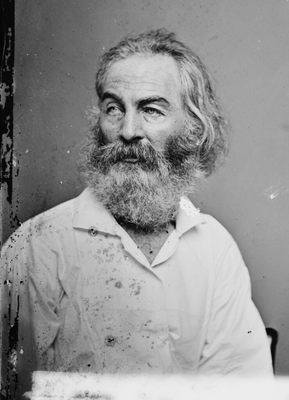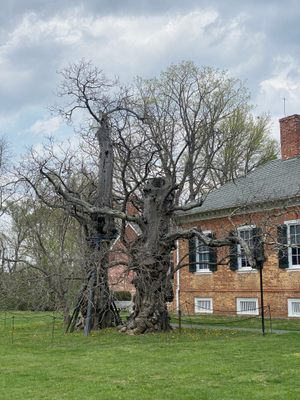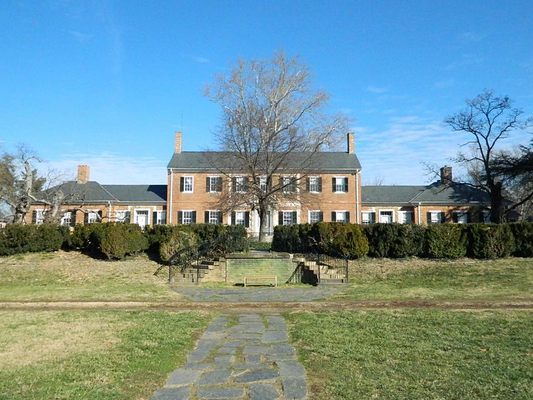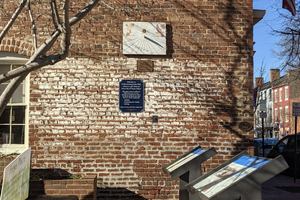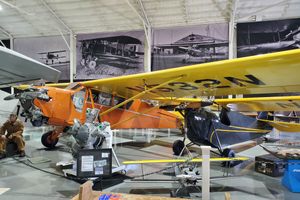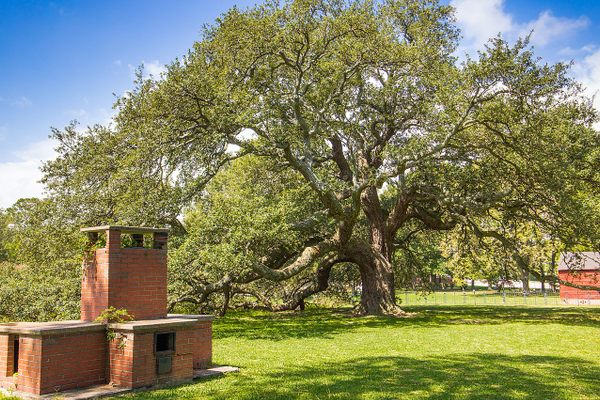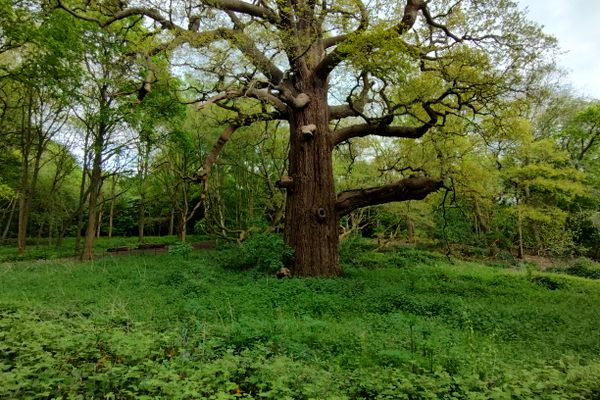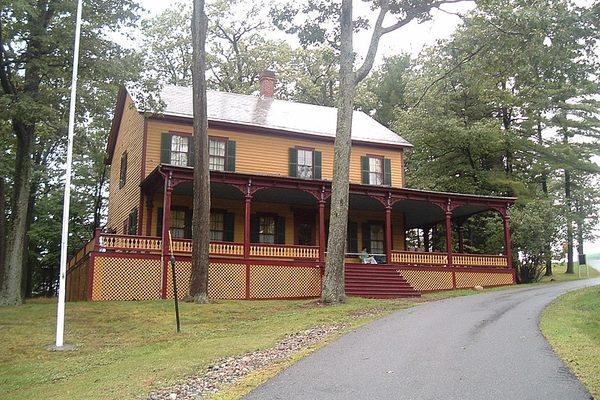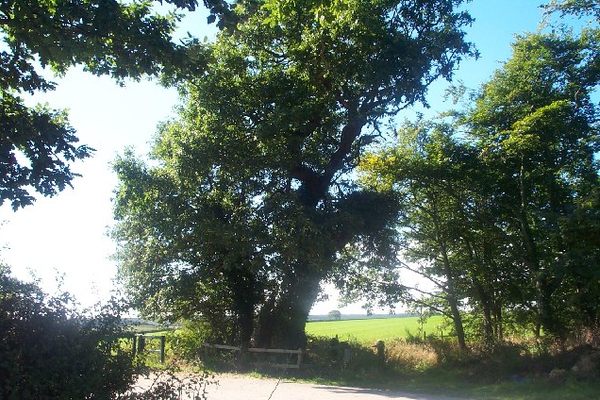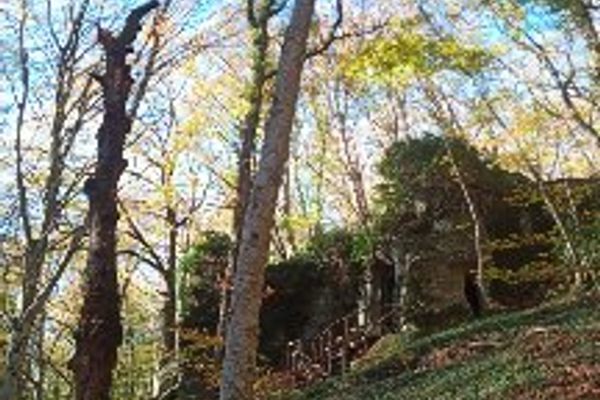About
Standing like ancient, tortured sentries in the yard of Chatham Manor in Fredericksburg, Virginia, are two venerable Southern Catalpa trees (Catalpa bignonioides). Their gnarled branches and twisted, misshapen trunks appear to be manifestations of the horrors of war they witnessed in 1862, during the aftermath of the Battle of Fredericksburg.
Believed to be over 180-years-old, the Catalpas are dying. One tree remains upright only with the assistance of a massive metal brace installed by the U.S. National Park Service (NPS). Their historic significance prevents their removal, but time will eventually outpace all efforts to preserve them.
Built between 1768 and 1771, Chatham Manor was the main house of a plantation overlooking the Rappahannock River in Fredericksburg. In the spring of 1862, the house was abandoned by its Confederate owners, the Lacey family, and the Union Army took occupancy.
In December 1862, the Union's stunning defeat at the Battle of Fredericksburg resulted in over 12,600 casualties. The Chatham house was converted into a field hospital and the Union’s most severely wounded were brought here. A photograph from that time shows the two much younger Catalpas growing near the front windows of the room that was “The Surgery” unit for wounded Union soldiers.
Upon learning that his brother, Lieutenant George Whitman was listed among the wounded at Fredericksburg, Walt Whitman left Brooklyn, New York, and traveled to Virginia to find him. Upon arriving at Chatham Manor, Whitman was horrified by the amount of suffering he saw. Although his brother had sustained only a superficial facial wound, Whitman stayed at Chatham assisting in the care of other wounded. He recorded his impressions, sights, and experiences in a wartime journal:
"Spent a good part of the day in a large brick mansion on the banks of the Rappahannock, immediately opposite Fredericksburg. It is used as a hospital since the battle and seems to have received only the worst cases. Outdoors, at the foot of a tree, within ten yards of the front of the house, I noticed a heap of amputated feet, legs, arms, hands, etc. -- about a load for a one-horse cart. Several dead bodies lie near, each covered with its brown woolen blanket.”
-Walt Whitman, The Wound Dresser
The “brick mansion” is Chatham and the “tree” referenced is undoubtedly one of the Catalpas. Whitman left Chatham for Washington, D.C. at the end of 1862, and spent the next three years at various hospitals nursing the war wounded.
The Catalpas survived the war and continued to stand vigil at the manor over the decades. Chatham’s last private owner willed the property to the National Park Service in 1975, and it was incorporated into the Fredericksburg and Spotsylvania National Military Park. Since that time, the park service has made significant efforts to care for and preserve these trees.
In 2009, specialists discovered that one of the trees suffered significant root damage and was leaning precariously. Rather than cutting it down, the decision was made to extend the beloved tree’s life by bracing it upright.
No one knows how long the Catalpas will continue to stand. If one or both trees are lost, biologists propagated and planted Catalpa progeny nearby to replace them. Although five “witness trees” from the Civil War still grow on the Chatham property, these Catalpas may be the most cherished because of their connection to a man considered one of the nation's most significant literary voices.
Related Tags
Know Before You Go
The grounds around Chatham are open sunrise to sunset.
Community Contributors
Added By
Published
February 26, 2021








